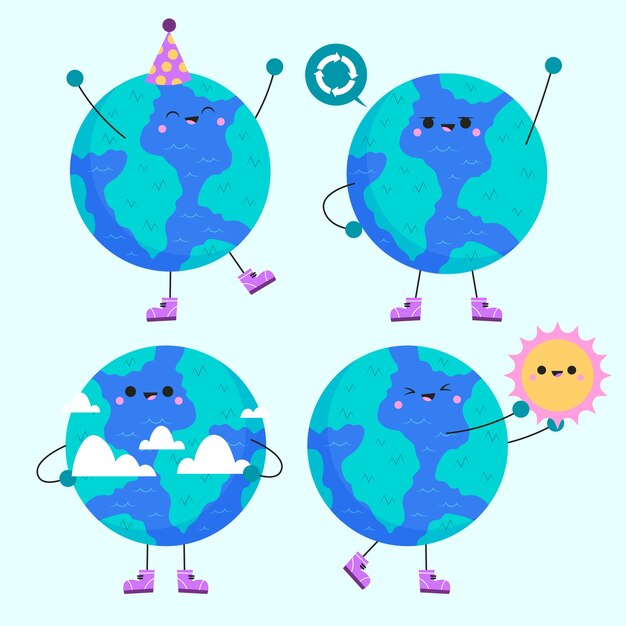Discover Fascinating Facts About Earth

Earth is the only known planet to support life.
The Earth has a circumference of approximately 40,075 kilometers.
The highest point on Earth is Mount Everest, reaching 8,848 meters above sea level.
Earth is home to the largest living structure on the planet, the Great Barrier Reef.
The Earth’s atmosphere is primarily composed of nitrogen, oxygen, and trace amounts of other gases.
The Earth is the densest planet in the solar system.
Earth’s magnetic field is generated by the movement of molten iron in its outer core.
The Earth’s rotation is gradually slowing down at a rate of about 1.7 milliseconds per century.
Earth’s oceans cover approximately 71% of its surface.
The deepest known point in the Earth’s oceans is the Mariana Trench, reaching a depth of 11,034 meters.
Earth experiences seasons due to its axial tilt.
The Earth’s Moon is the fifth-largest satellite in the solar system.
The Earth is the third planet from the Sun.
The Earth’s rotation causes the cycle of day and night.
Earth’s continents were once part of a single landmass known as Pangaea.
The Earth’s core is mostly composed of iron and nickel.
The Earth’s gravitational pull keeps the Moon in orbit around it.
Earth is constantly bombarded by cosmic rays from outer space.
The Earth’s largest desert is the Antarctic Desert.
Discover Fascinating Facts About Earth part 2
The Earth’s oldest rocks are over 4 billion years old.
Earth’s atmosphere protects us from harmful radiation from the Sun.
The Earth has undergone several mass extinctions throughout its history.
Earth has an abundance of natural resources, including coal, oil, and minerals.
The Earth’s rotation causes the bulging at the equator, resulting in a slightly flattened shape.
Earth has a diverse range of ecosystems, from rainforests to deserts to coral reefs.
The Earth’s atmosphere is divided into five main layers: troposphere, stratosphere, mesosphere, thermosphere, and exosphere.
Earth’s magnetic field protects it from the solar wind, a stream of charged particles emitted by the Sun.
Earth’s geothermal energy can be harnessed for power generation.
The Earth’s weather is influenced by factors such as temperature, humidity, and air pressure.
Earth’s rotation causes the Coriolis effect, which influences global wind patterns.
The Earth’s rotation is gradually slowing down the length of a day by approximately 17 milliseconds every 100 years.
Earth’s oceans contain an estimated 97% of the planet’s water.
Earth’s atmosphere provides the oxygen necessary for life to exist.
The formation of Earth’s moon is believed to have been caused by a giant impact with a Mars-sized object.
The Earth’s crust is divided into several tectonic plates that are constantly moving and interacting with each other.
Earth’s largest volcano, Mauna Loa, is located in Hawaii and stands over 9,000 meters tall from its base on the ocean floor.
Earth’s largest freshwater lake by volume is Lake Baikal in Siberia, Russia.
Earth’s largest land animal is the African elephant, weighing up to 12,000 pounds.
Earth’s magnetic field protects the planet from harmful solar flares and cosmic radiation.
Earth’s longest mountain range, the Mid-Atlantic Ridge, stretches over 16,000 kilometers.
Earth’s highest waterfall, Angel Falls, is located in Venezuela and measures 979 meters tall.
Earth’s largest underground chamber is the Sarawak Chamber in Malaysia, which could fit 40 Boeing 747 airplanes.
Earth’s largest species of fish, the whale shark, can grow up to 12 meters long and weigh more than 20 tons.
Earth’s largest desert ant, the Saharan silver ant, can withstand temperatures up to 53 degrees Celsius.
Earth’s largest salt flat, the Salar de Uyuni in Bolivia, covers over 10,000 square kilometers and is the world’s largest reserve of lithium.

